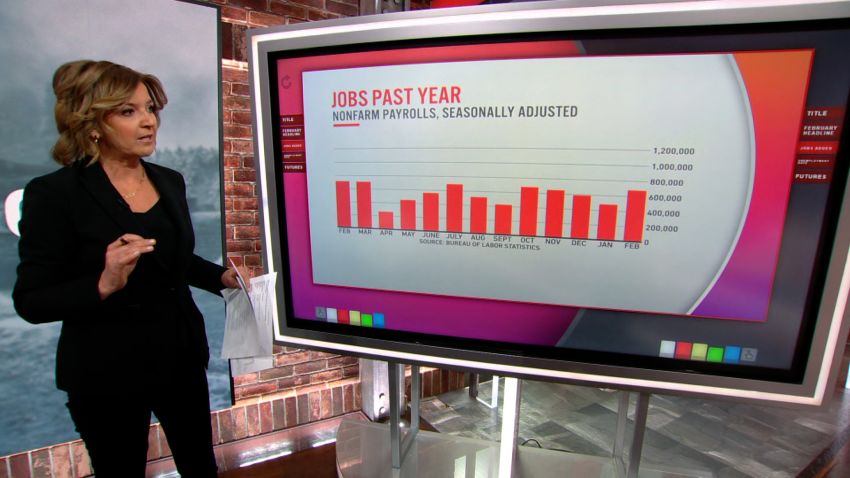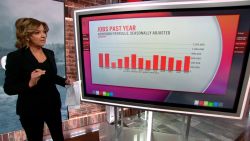The worker shortage has been a hallmark of the pandemic economy – and it’s far from getting resolved. In February, US businesses had 11.3 million job openings to fill, slightly more than economists had predicted.
The level of available positions was little changed from the start of the year but below the December all-time high of 11.4 million, according to the Bureau of Labor Statistics’ Job Openings and Labor Turnover Survey released Tuesday. For every job-seeking American, there were just below 1.8 positions available, matching the high from December.
There were more available jobs in arts, entertainment and recreation, educational services and with the federal government last month.
Meanwhile, the number of Americans quitting their jobs inched up to 4.4 million in February – slightly higher than in the prior month, but below the November peak of 4.5 million. More workers quit retail, manufacturing and state and local government education jobs. Fewer people quit finance and insurance jobs.
Companies hired 6.7 million people in February.
The US labor market has come a long way from the early days of the pandemic, when more than 20 million Americans lost their jobs. For now, it is still going strong. The next look at the employment situation is due on Friday when the BLS releases the March jobs report.
“Should Friday’s payrolls report disappoint, it is down to a lack of supply of workers to fill the jobs available rather than any issue with demand,” said James Knightley, chief international economist at ING.
The labor shortage has left businesses struggling to find staff, despite offering higher wages. Salaries have been on the rise, supporting consumer spending even amid rampant inflation. In February, the pace of price increases matched a level not seen in 40 years, according to the latest Consumer Price Index data.
“In a service sector economy, the biggest cost is your workforce. Given clear evidence of corporate pricing power this means inflation will stay higher for longer as firms pass higher costs onto their customers,” Knightley said.
The strong labor market, where many workers who quit move on to jobs with better pay or benefits, stands at odds with consumers’ worries about rising prices.
In March, US consumer confidence ticked higher following declines at the start of 2022, data from The Conference Board showed Tuesday.
That’s a promising sign that the economy continued to grow in the first three months of the year, said Lynn Franco, senior director of economic indicators at The Conference Board.
But there are dark clouds on the horizon.
“Expectations… weakened further with consumers citing rising prices, especially at the gas pump, and the war in Ukraine as factors,” Franco said. “Meanwhile, purchasing intentions for big-ticket items like automobiles have softened somewhat over the past few months as expectations for interest rates have risen.”




















